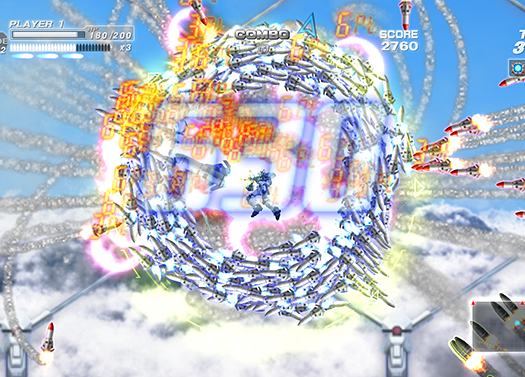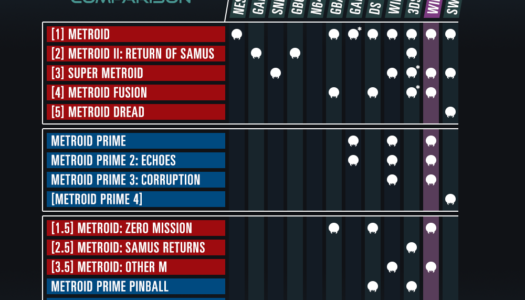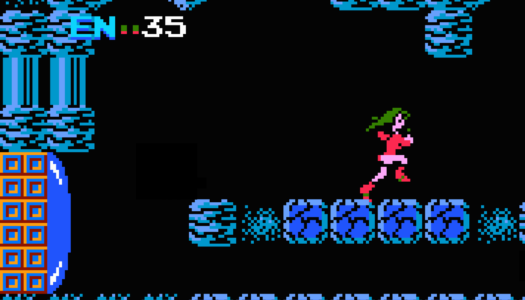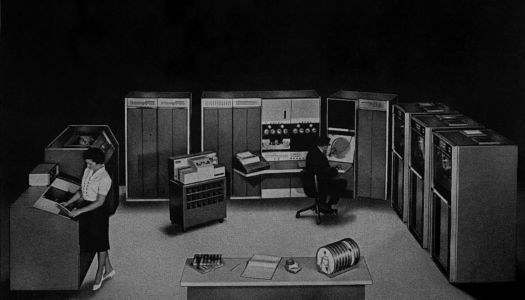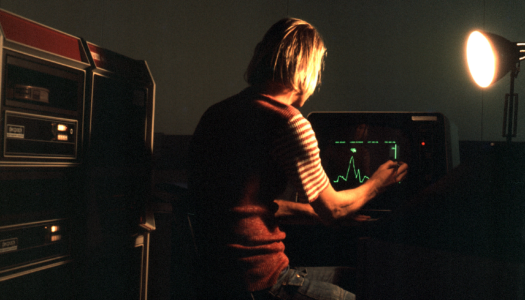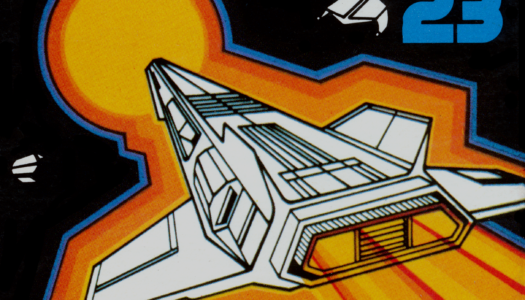Skullgirls

Publisher: Autumn Games, Konami / Developer: Reverge Labs, LLC / Platform: PSN, XBLA
As a fan of fighting games, the last few fighting game releases have not been too kind, in my opinion. Street Fighter X Tekken was a fun idea but ultimately resulted in a flashy, unbalanced mess. Marvel Vs. Capcom 3 – er, sorry – Ultimate Marvel Vs. Capcom 3 had a great roster of characters but wasn’t really tight enough to be considered a solid fighter to me. Soulcalibur 5 has solid fighting, but the incredible lack of single-player content and the sudden disappearance of about half of the series’ well-known characters was a bit disappointing.
Of all the recent fighters, BlazBlue and Mortal Kombat seemed – in my opinion – to be the only games that held up well in terms of gameplay while simultaneously offering enough content and things to do to really feel like a fighting game that was both as fun to learn as it was to play. Skullgirls, the most recent fighting game to come out, looks to pay as much homage to great fighting games as it does try its best to become one itself.
The first thing that made me excited about Skullgirls was the fantastic hand-drawn animations, much like BlazBlue or Guilty Gear, two of my personal favorites. The game looks fantastic in screenshots but it looks fantastic everything move onscreen. Skullgirls may look great, but it plays even better. I’m genuinely surprised at how well the fighting mechanics work, and the assist/team mechanic might actually be better than in the Marvel Vs. Capcom games. When selecting your character, you can choose to have a team of one, two or three fighters. Having a team of two or three obviously allows you the flexibility of calling in your teammates for assists or switching out in order to regain some lost health. However, playing on a single-character team gives you a huge damage bonus in order to keep things balanced. I’m honestly surprised how well this works, and how it allows for completely different fighting styles to come together in a balanced environment.
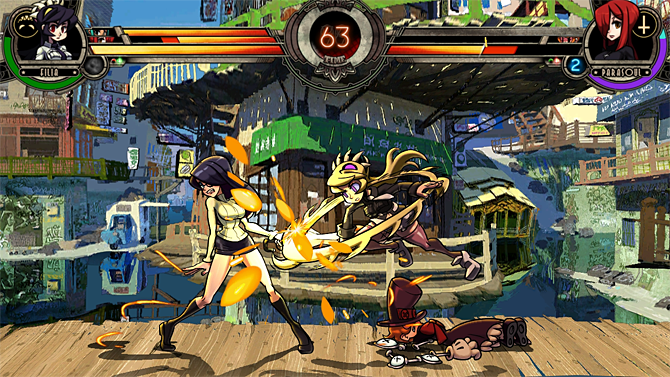
Skullgirls single-player content isn’t vast, but it consists of some pretty strong fighting game elements that I’ve come to miss in the recent games. There is a surprisingly in-depth “Training Room” mode that teaches you the basics of the game (and fighting games in general, which is quite helpful), a Story Mode (with actual storylines unique to each character!), and a more classic Arcade Mode. Playing these offline modes will actually unlock new colors for the characters, some of which are way cooler than simple color swaps. Double, for instance – a blobby sort of The Thing-esque monster – gets an alternate color that turns her green and semi-transparent, almost like lime Jell-o. It isn’t a huge amount of extra content, but it’s fun to scroll through the locked colors list and go “Ooh, I want that.” It gives you something to work for.
Skullgirls cast of eight characters may seem a little small, and eventually seeing the same few characters pop up both off-line and on- may get slightly tiresome but the wonderful animations, solid mechanics and sheer amount of references to video games and pop culture in general makes it as fun to watch as it is to play. Skullgirls is the first entry in what I’m hoping becomes a strong, long-running series that will be played at huge fighting game tournaments worldwide.


